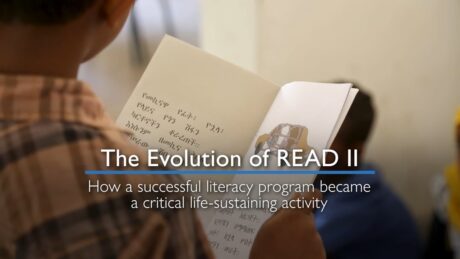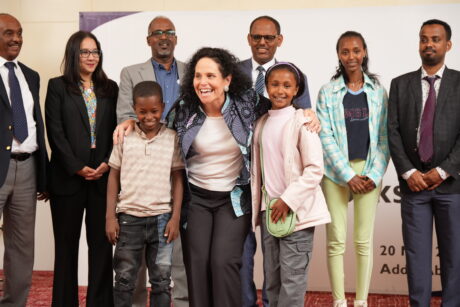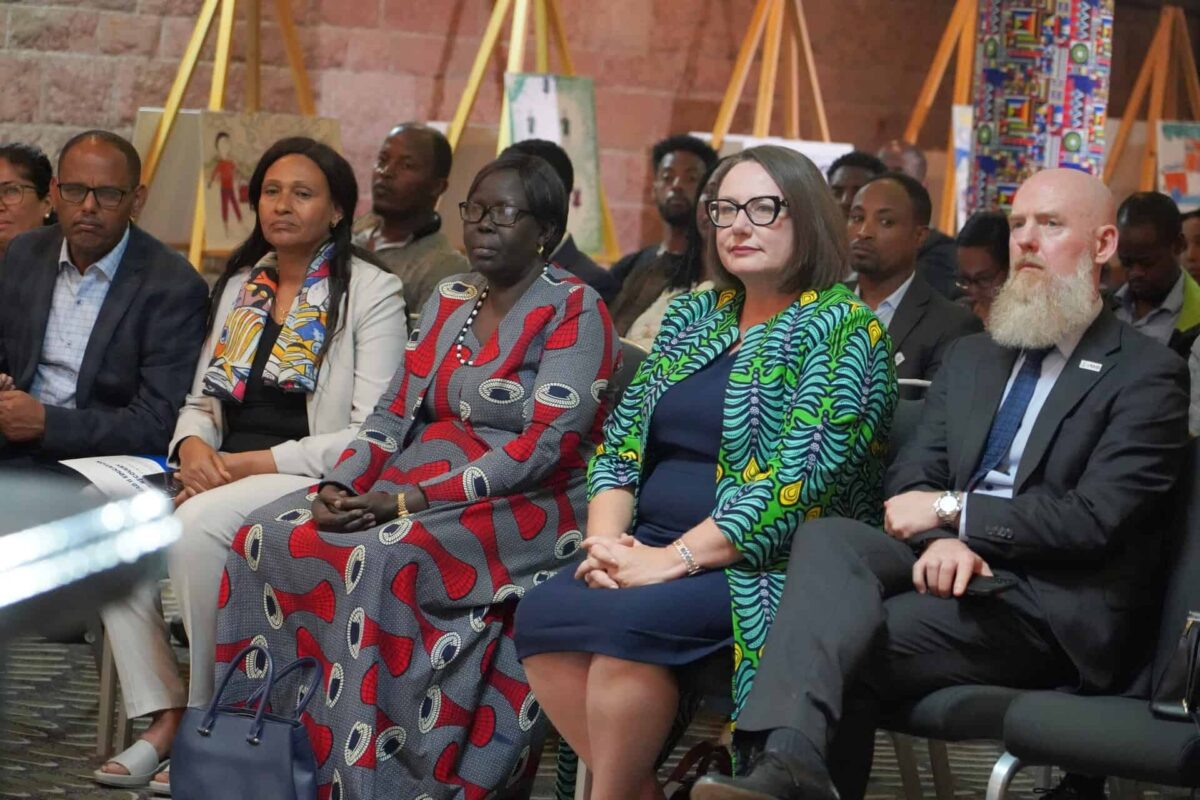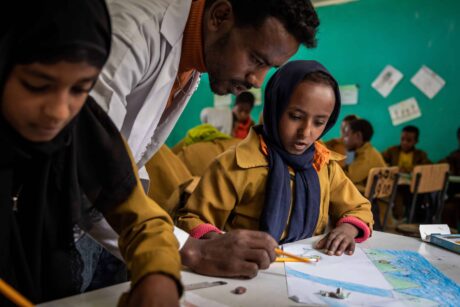Prolonged drought, seasonal flooding and ethnic conflicts have displaced more than 2.8 million Ethiopians. For displaced children, this disruption can mean months out of school.
To ensure these children don’t fall behind, the U.S. Agency for International Development-funded READ II program provided school and recreational materials to 147,731 internally displaced children in Oromia, Somali and Southern Nations, Nationalities, and Peoples Region (SNNPR). This targeted intervention will ease some of the hardships that traditionally impede students’ return to school or contribute to high dropout rates following humanitarian crises.
“By ensuring displaced children can continue their education, we are making an investment in their future, and the future of Ethiopia,” says Sonjai Reynolds-Cooper, Director of USAID’s Ethiopia Education and Youth programs.
This year, the Ethiopian government and USAID launched the READ II project to raise the reading proficiency of 15 million children by 2022. READ II is a five-year program implemented by Creative Associates International, along with its core partners Education Development Center, International Rescue Committee and World Vision. It is designed to boost the quality of literacy instruction and student support, reaching out to children at risk of failure and dropout caused by cognitive, emotional and physical effects of hunger, violence and displacement.
While most of READ II’s interventions support reading and writing improvement in mother tongue and English, its Crisis Modifier component is specifically intended to provide services for students who are unexpectedly confronted by the effects of conflict or other emergency-related events that could prevent them from attending school and learning. This was the first time a Crisis Modifier has been used in a USAID education project.
The more than $767,000 worth of school and recreation materials restored a small sense of normalcy for these internally displaced school children, according to their parents.
“These materials for our students at this critical time creates great happiness in their mind and also at each household level,” says a displaced parent. “It will create a more positive school climate and also improve their academic achievement.”
Answering a need
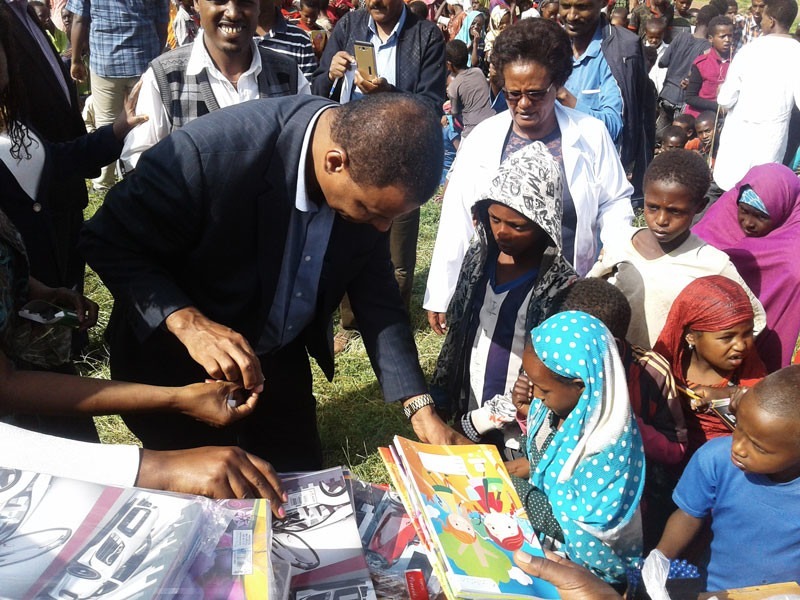
READ II conducted a rapid assessment across all six regions where the program works that revealed school materials were the second most important factor in preventing school dropout. The June report also found that lack of school materials was one of the top four reasons for absenteeism.
While enrollment of primary school-aged children in Ethiopia is more than 85 percent according to the UNESCO Institute for Statistics, a threefold increase from 1994, literacy still lags behind. A 2016 early grade reading assessment by USAID showed that 34 percent of Ethiopian students in grade 2 were unable to read a single word of a grade-level story, while 48 percent could not answer one comprehension question.
To help address this gap, the READ II project is working to better equip teachers with effective early grade reading instruction techniques and materials in seven mother-tongue languages and English. Teachers will also receive ongoing coaching, mentoring and learning opportunities at the school and district level. Simultaneously, it is building a culture of reading in the school, home and community.
To meet the needs of all learners, particularly girls and vulnerable students, the project will enable teachers, communities and parents to support the whole child through differentiated instruction; a safe, friendly school environment; sufficient materials; and activities to improve learning, engagement, and well-being.
With reporting by Kassaye Yimer.
